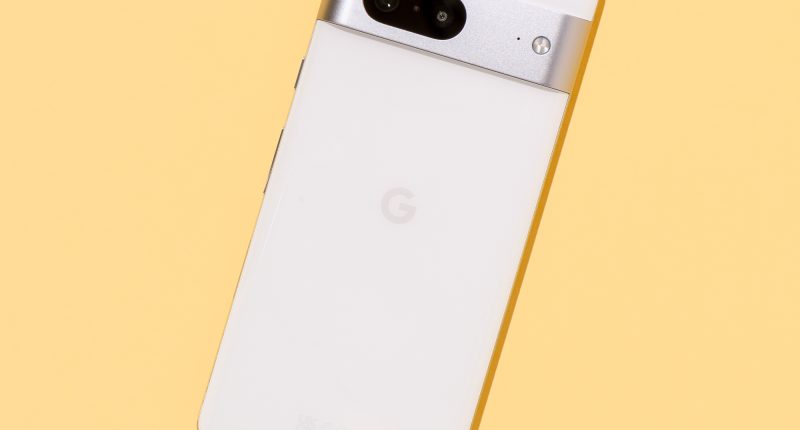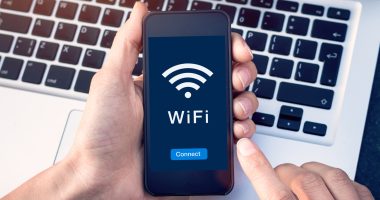GOOGLE has urged Android phone owners to try an easily-overlooked battery-saving feature.
It’s the perfect solution if you find that your phone is constantly running out of charge.
No matter what you do, your Android phone’s battery will get worse over time.
You can slow this process down with good charging and usage habits, but ultimately you’ll eventually suffer poor battery life (unless you upgrade).
If you’ve had a phone for a few years and you’re struggling with this, you could try Google’s Battery Saver feature.
“Some Android phones come with a battery saver or low power mode, which helps a charge last longer,” Google explained.
“When Battery Saver is on, it turns on Dark theme and limits or turns off background activity.
“So some visual effects, certain features, network connections, and apps may experience delays in this mode.”
It’s a powerful feature that limits some parts of your phone to boost battery life.
That might sound like a bad trade-off, but Android phone owners say they haven’t noticed any major downsides to the feature.
Most read in News Tech
SUPER SAVER
One Reddit user posted: “For the past week, I’ve been running my device exclusively on battery saving mode.
“And to my surprise, I haven’t experienced any noticeable performance degradation or other downsides.
“And what’s most important I do not have any issue with apps ruining in background. I receive all the notifications on time.”
Android Google phone owner said: “I have been running both my Pixel phones in Battery Saver mode 95% of the time for months.
“There are a few things I have noticed, but nothing that will actually damage the device. Delayed notifications is the biggest thing.”
Why do batteries get worse over time?
Here’s what you need to know…
- Most gadgets run on lithium-ion batteries
- Over time, the amount of charge this type of battery can hold gets smaller
- That means you need to charge your device more often because they hold less charge
- Batteries have two electrode points – the cathode and the anode
- To charge a battery, the ions inside the battery are forced from the cathode to the anode
- When you use a battery, it moves in the reverse direction
- This process wears away at the structure of the anode, reducing its ability to function correctly
- But the process also builds up a kind of salt on the cathode when charging
- As this build-up grows, the battery will accept less charge over time
- It’s estimated that between 500 and 1,000 full charge-cycles will reduce a battery’s maximum capacity by roughly 20%
And one Android fan said: “I’ve been doing it for years. You get an hour or two more battery life at the cost of CPU power being limited to 70%.
“The daily use power difference is not noticeable whereas the battery drain is.”
SWITCHED ON
Turning on Battery Saver mode is very easy.
I haven’t experienced any noticeable performance degradation or other downsides.
Android user
Go into Settings > Battery > Battery Saver.
You can then activate it immediately, or set up a schedule that automates it.
READ MORE SUN STORIES
That way, you don’t even need to think about switching it on or off.
Remember: you can change your mind about the settings at any time.










